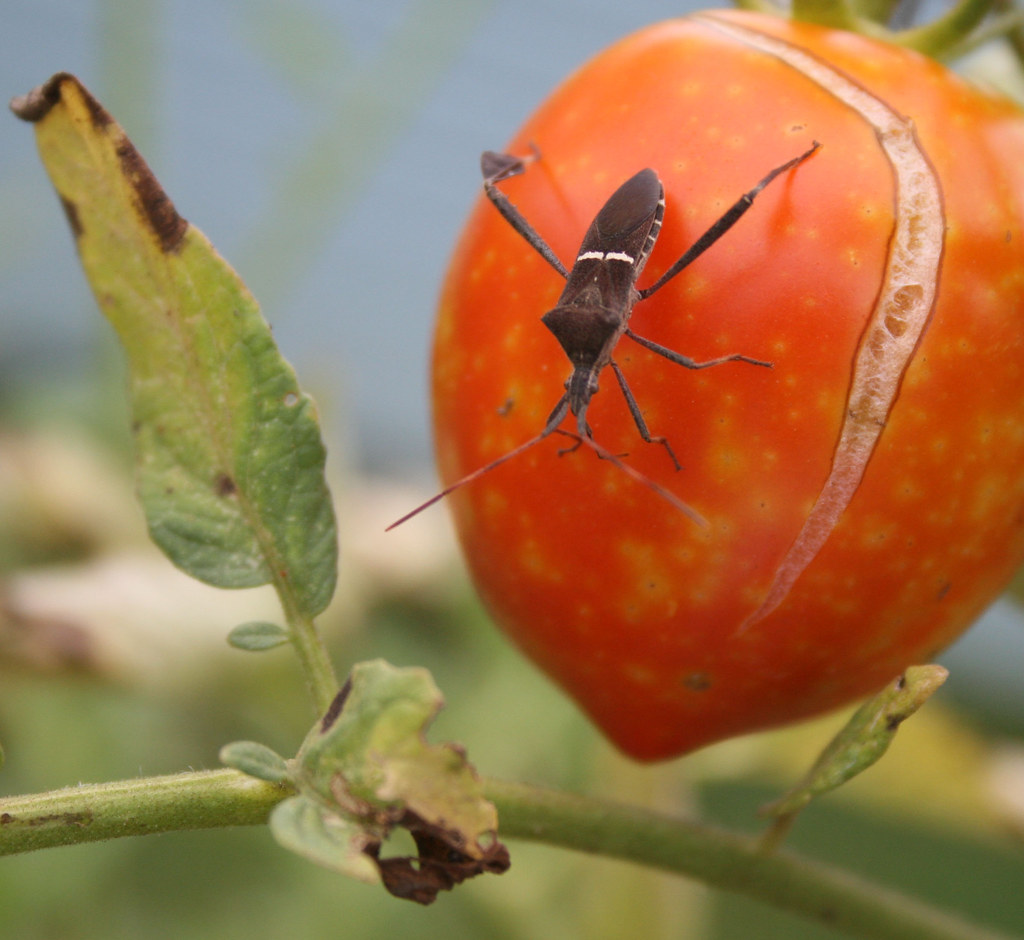Trap cropping is an insect management strategy that saves farmers time and money and protects the ecosystem, specifically beneficial insects, from overuse of pesticides.

For example, using sorghum in a field alongside tomatoes protects the tomato crop from leaf-footed bugs. It’s a unique tactic of sacrificing one crop for the safety and protection of the money-making crop, says Ayanava Majumdar, Extension Professor in Entomology and Plant Pathology at Auburn University.
“Just like we make choices every day. For example, if you’re hungry, you make the choice to go to either Cracker Barrel or you want to go to McDonald’s. You know what you’re getting. Just like you make choices, insects make choices on the go,” said Majumdar during a recent webinar. “It’s a very clever way of manipulating their behavior. That’s essentially what you’re doing. We are using their weakness against them.”
Just as some might struggle to resist certain foods, insects struggle to resist certain plants. It is important to plant a trap crop a couple of weeks before the main crop so it can provide a perimeter around an entire field.
What Works in Alabama?
Majumdar said the trap crops evaluated in Alabama include sorghum and sunflower for leaffooted bugs; sunflower, browntop millet and pearl millet for stink bugs; okra, bell peppers and ornamentals for aphids; New England Hubbard squash for squash insects.
Trap cropping also provides alternate benefits that could appeal to some producers.
“I have seen sorghum, because of the height, it actually protects the plants from wind. Wind reduction is a benefit,” he said. “Weed control; if you have a lot of weeds around, you put that sorghum in there, the sorghum takes over. It grows like crazy on a good year.
“Then the beneficial insects. That ecosystem has less pesticides, a lot of beneficial insects are in there, including spiders that you never see in a typical field or garden. It’s incredible to see some of the side benefits from trap crops.”









